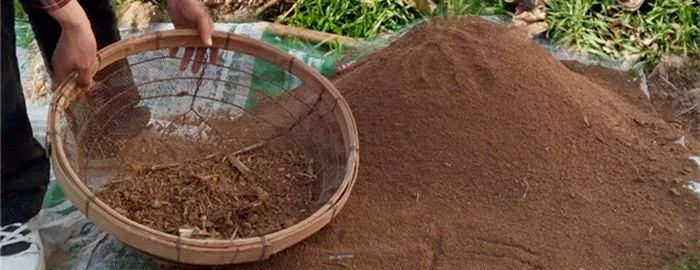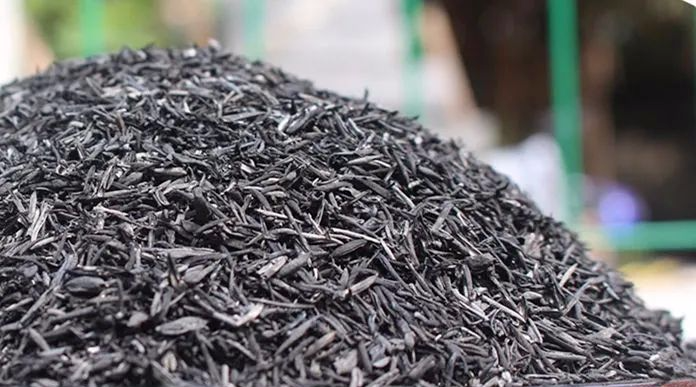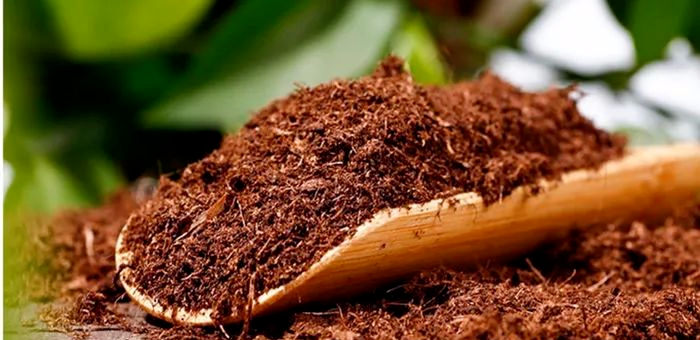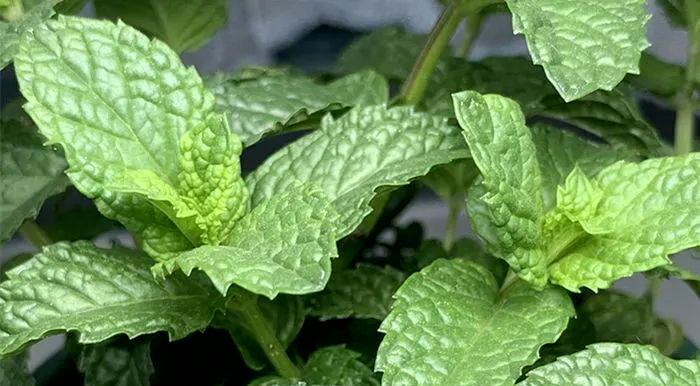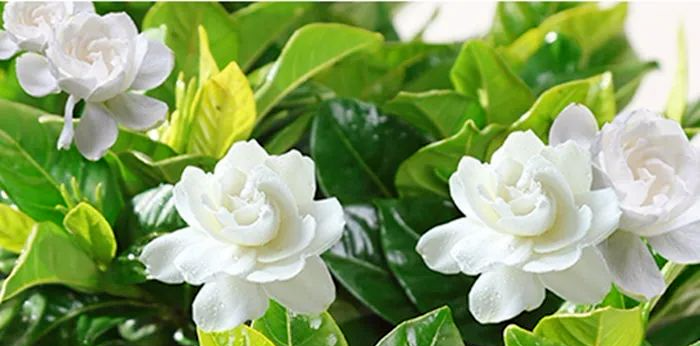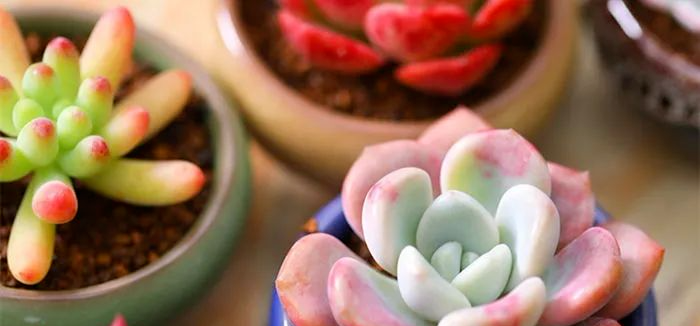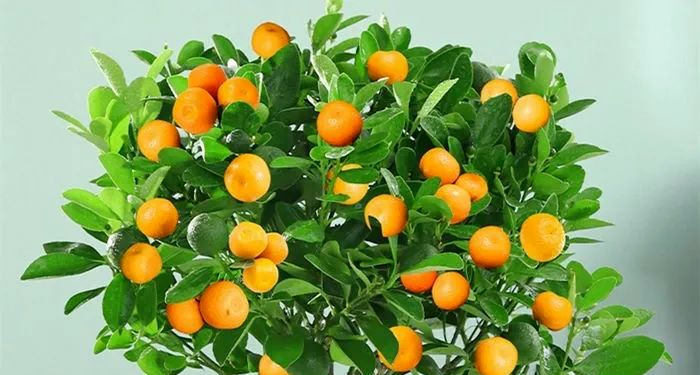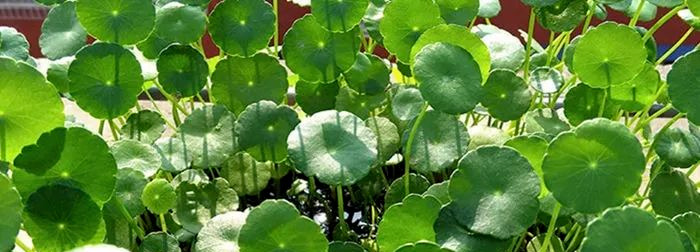How to prepare soil for growing flowers? Is there a universal soil for growing flowers? Gardeners teach you how to prepare soil
It is said that to grow flowers, you must first grow roots. How do you grow roots? Of course, you need soil with sufficient fertility and suitable for plant growth to make the plant roots stronger. Only when the root system is strong can the plant grow well. So how should we prepare the soil to be considered good soil for growing flowers?
